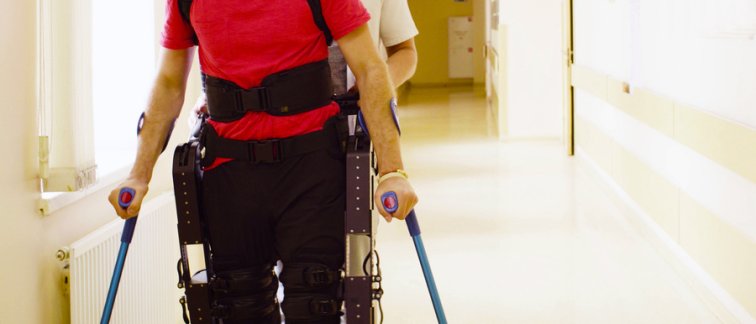Ongoing
The aim of this project is to design an optimal controlling strategy for an actuated trunk support exoskeleton. This helps to reduce excessive tissue load and muscle fatigue in workers who are exposed to peak or continuous spine loads.
Low-back pain is the main cause of work leave and disability in workers who are exposed to peak spine loads such as during manual lifting in industry, or to continuous spine loads, such as during surgical work.
Current exoskeletons supporting these tasks generally reduce peak loads only by 10 – 20 %, which is insufficient. Also, controllers for these devices do not adapt to the task or the subject.
This project aims at developing and evaluating a model-based human-machine interface for controlling an exoskeleton by providing the proper amount of support for dynamic heavy lifting or static high-precision work.
Such a controller will be driven by several input signals such as EMG and body kinematics in real-time to determine the proper amount of support. Furthermore, calibration methods are investigated that need to be implemented to adapt model parameters to each specific user, therefore, assuring optimal support for each subject.



